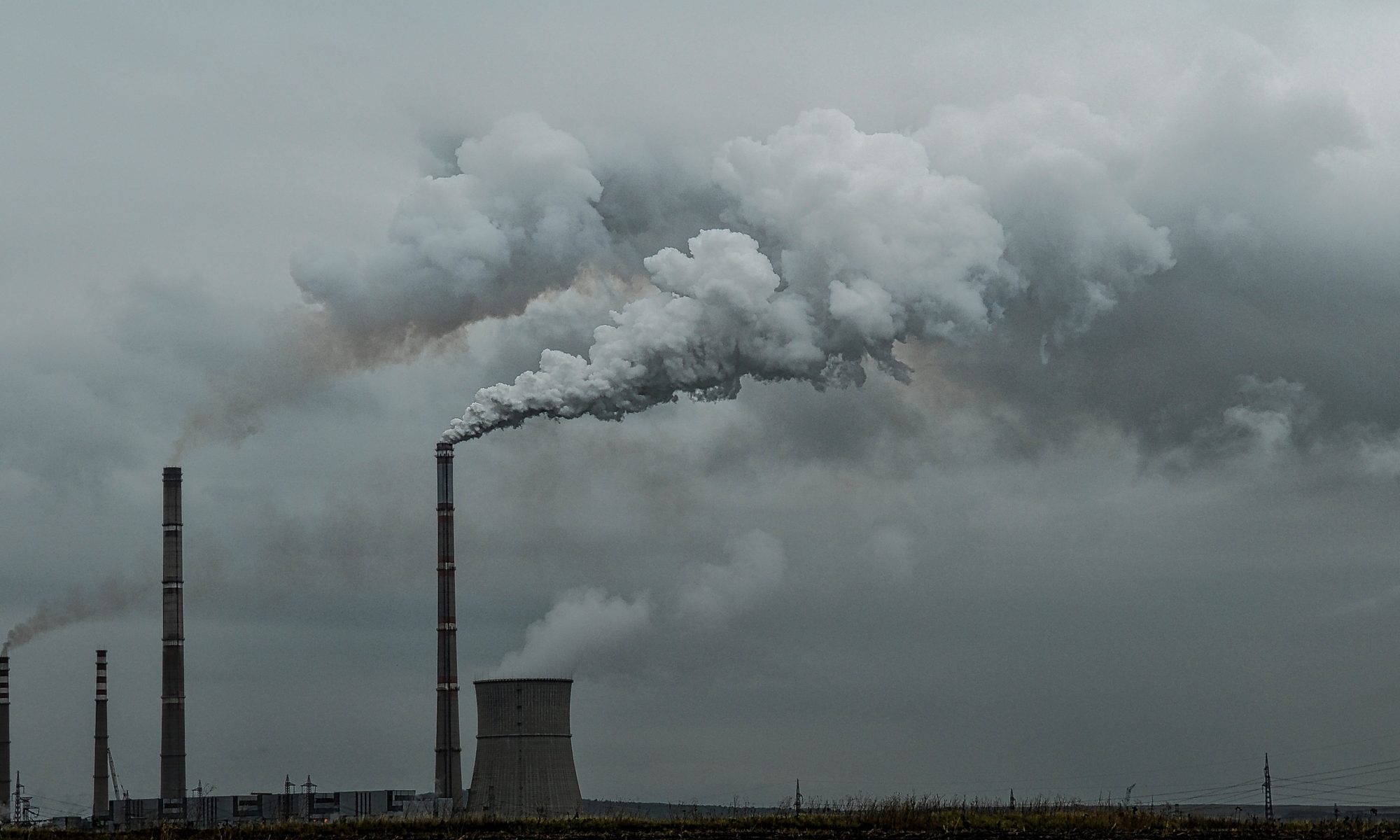Featuring image: soot produced by incomplete burning by fossil fuels. Picture: Pxhere, Public Domain (C0)
Paper: Hydrothermal-derived black carbon as a source of recalcitrant dissolved organic carbon in the ocean
Authors: Y. Yamashita, Y. Mori, H. Ogawa
Earth’s oceans not only harbour a multitude of organisms, they are also a major carbon sink, compensating the increased production of carbon by humans and thus slowing down climate change. But could hydrothermal vents be another source of carbon in the oceans themselves?
A lot of the carbon that is produced on land by organisms and industry is transported into the oceans by rivers and wind. Black carbon (or soot), which is for example produced by incomplete burning of fossil fuels, can be stored in the oceans and remain inaccessible for long periods of time (several thousand years). But is all the stored black carbon coming from land sources? Although scientists already had some hints that not all dissolved black carbon (DBC) in the oceans comes from the land, a reliable evidence for a DBC source within the oceans remained elusive. The research from a group from Japan was able to shine new light on this question by looking at hydrothermal vents in the Pacific Ocean.
Continue reading “Soot in the water – Understanding oceans’ carbon cycle”

